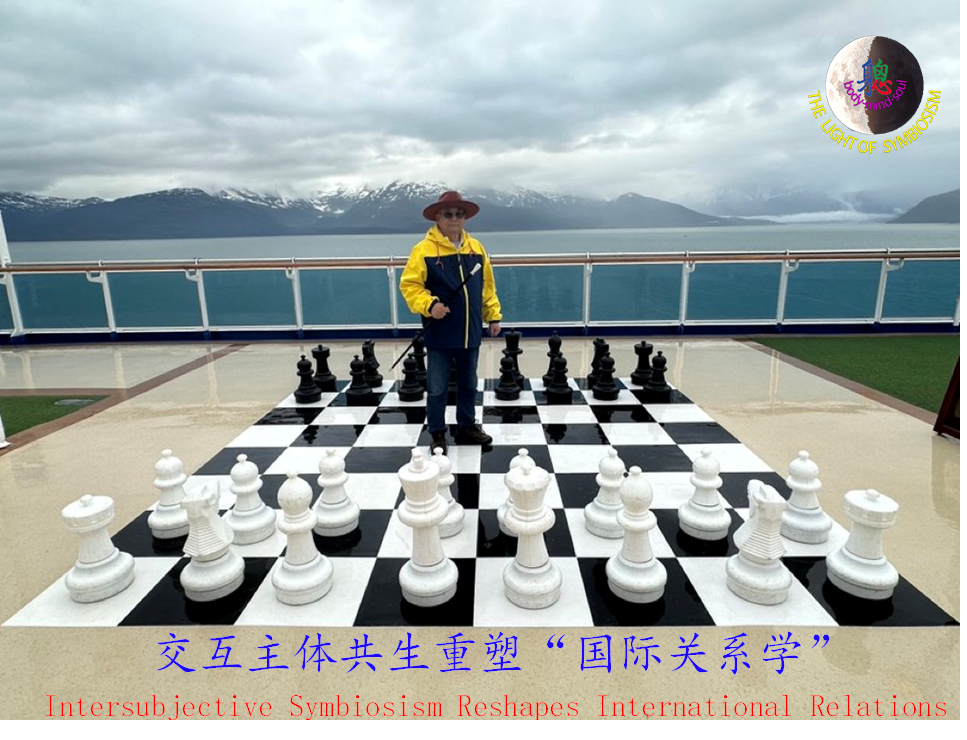台湾政治格局的关键转机:从大罢免到两岸共生
台湾政治格局的关键转机:从大罢免到两岸共生
一、政治避嫌与道德洁癖之失衡
在此次“公民团体大罢免”运动中,民进党似乎刻意保持距离,几无组织性投入。赖清德总统的态度,反映出既有“政治避嫌”的考量,也可能存在“道德洁癖”的心理。然在政治实践中,道德洁癖往往成为政治家之大忌,因其导致不敢果断、不愿担责。
二、总统不宜亲当“教师”角色
执政者不应自诩为“人民的老师”,尤其在台湾已有众多良知媒体、学者专家、智库机构的前提下,诸如“团结国家十讲”类活动,无须由总统亲自承担讲述之责。总统之职,在于统筹政策、统合国家,而非教化社会。
三、广纳贤才,团结共治
在执政党未掌握立法院多数的现实格局下,推动朝野共治、吸纳在野党贤才入阁,是势所必然,亦为政治成熟的表现。若民众党代表青年草根声量,黄国昌入阁当不失为良策;若国民党存在本土改革力量,江启臣亦可纳入决策团队。
四、构建“政党协商”的日常机制
总统府应定期邀请在野党领袖或关键人物,就重要政策议题举行非正式会谈,诚心征询建议,建立“政党协商”之常态机制,转化朝野对立为国家共识。正所谓:真诚吸引真诚,才能构建协作型政治文化。
五、所谓“蓝白乱象”无须过度放大
即便“蓝白”联盟在国会中采取强烈对抗姿态,甚至作出“削减国防预算”等亲中倾向,美国势必有相应反制机制,台湾民主体制和高科世界供给者地位,不会轻易受伤。执政团队应避免主观放大其破坏性影响,正如毛泽东在“文革”时所说“乱是乱敌人”,但现实证明,乱的往往是自己。
六、预见台海新格局的历史契机
早在2020年10月10日,我即提出:美中战略竞争将最终导向谁率先承认“事实存在”的ROC台湾政府,谁即掌握战略先机。四年后的今天,我提出一个新的历史判断:
川普“全球化重组”成形(以美欧达成新贸易恊议为标志)之际,未来三年内,美国很可能正式宣布承认ROC台湾为合法政权,并恢复外交关系。
在此之前,不排除以色列、立陶宛、捷克等“道义小国”率先承认,并推动联合国层级的公开辩论。这一突破虽将引发PRC短期反弹,但长远看,将促使北京当局重新评估台海政策,最终与ROC台湾实现历史性的:
“结束敌对状态,开启共生和解之路。”
须知,自蒋经国之后,历任ROC总统早已“默认+正式”早已承认PRC政权的存在与合法性,只是缺乏对等的回应。若能实现上述“对等和解”,不仅是台海和平的重大里程碑,也可能带动PRC大陆体制的深度转变。两岸中国人将共享此一转型之福祉。
愿中华民国台湾在民主自由的道路上坚定前行,愿两岸走向真正的共生新时代。
Archer Hong Qian
2025年7月29日,温哥华
附录:《“镜”与“灯”:PRC & ROC问题的八个观察点与八种可能的解决方式——台海时局发展趋势之我见》
A Turning Point in Taiwan’s Political Landscape: From Mass Recall to Cross-Strait Symbiosis
1. Political Avoidance and the Pitfall of Moral Purism
In the recent “mass recall” initiative launched by civic groups, the Democratic Progressive Party (DPP) appeared content to stand by, investing little to no organizational strength. President Lai Ching-te’s stance suggests both a concern for political propriety and a tendency toward “moral purism”—the latter being a dangerous flaw in a political leader. In practice, such moral purism often leads to hesitation and a failure to assume necessary responsibility.
2. A President Should Not Play the Role of Teacher
Rulers should not position themselves as teachers of the people. Taiwan already has numerous conscientious media outlets, academic voices, and policy experts. Activities such as the “Ten National Unity Lectures” do not require the President to personally take the podium. The role of the President is to formulate and implement unifying policies, not to engage in didactic advocacy.
3. Inclusive Governance as Political Maturity
Given that the ruling party does not hold a majority in the Legislative Yuan, inviting opposition members into the cabinet is not only wise but essential for stable governance. If the Taiwan People's Party (TPP) indeed represents grassroots and youth interests, the DPP has no reason not to include figures like Huang Kuo-chang. Similarly, if there are reform-minded localists within the Kuomintang (KMT), such as Chiang Chi-chen, they too should be considered for cabinet positions.
4. Institutionalizing Cross-Party Dialogue
The Presidential Office should regularly invite opposition figures for informal consultations on major upcoming policies or difficult social issues. Sincerely seeking input from political opponents can help reduce polarization and rebuild trust. As the saying goes: genuine sincerity attracts genuine responses—a cornerstone of collaborative politics.
5. Don’t Overstate the “Blue-White Chaos”
Even if the KMT and TPP engage in pro-Beijing theatrics in the legislature or push for cuts in defense spending, such maneuvers are unlikely to have real impact. The U.S. has mechanisms to respond. The ruling party should avoid overestimating the threat. During the Cultural Revolution, Mao Zedong famously said “chaos confounds the enemy,” but in truth, it only destabilized his own rule.
6. Anticipating a Historic Breakthrough in Cross-Strait Relations
As early as October 10, 2020, I wrote that in the context of U.S.-China strategic competition, the side that first recognizes the legitimacy of the Republic of China (ROC) government in Taiwan will gain a decisive geopolitical advantage. But seizing this historical opportunity requires wisdom, courage, and strategic capability.
Today, I offer a new judgment:
As Trump’s “globalization restructuring” begins to take shape—signaled by the new U.S.-EU trade agreement—it is highly likely that within the next three years, the United States will formally recognize the Republic of China (Taiwan) as a legitimate government and restore diplomatic relations.
Before that, we may see early recognitions by countries such as Israel, Lithuania, and the Czech Republic, and possibly even debates within the United Nations. While the PRC may respond with short-term bluster to save face, it will likely begin quiet negotiations behind the scenes.
Eventually, we may witness both the PRC and ROC simultaneously announce the end of hostilities. After all, since the administration of President Chiang Ching-kuo, all five subsequent ROC Presidents have implicitly or explicitly recognized the legitimacy of the PRC regime. A reciprocal acknowledgment from Beijing would mark the beginning of a path toward symbiotic reconciliation—and could become the catalyst for transformative change within the PRC system itself.
This would be a true blessing for both peoples on either side of the Taiwan Strait.
Wishing the Republic of China (Taiwan) strength and good fortune on the path of democracy, freedom, and peaceful symbiosis.
Archer Hong Qian
July 29, 2025 – Vancouver
Appendix: “Mirror” and “Lamp”: Eight Observations and Eight Possible Solutions to the PRC & ROC Question — My View on the Future of the Taiwan Strait
